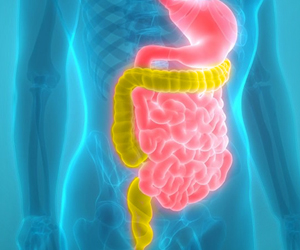For some women, a leading breast cancer drug, called Tamoxifen, could make the disease more aggressive, according to scientists.
Considered as a “gold standard" for breast cancer treatment, Tamoxifen has been used to combat the disease for more than 20 years and has been credited with saving the lives of around 20,000 women since the 1980s.But now, scientists have conducted laboratory tests on cancer cells grown in test tubes and found evidence indicating that giving Tamoxifen to some patients could actually promote the disease.
It was found that adding Tamoxifen to cancer cells which contained low levels of a naturally-produced protein, called E-cadherin, caused the cells to behave more aggressively.
Lead researcher, Dr Stephen Hiscox, from the Welsh School of Pharmacy at Cardiff University, said that they were unaware of the percentage of patients who would have low levels of the protein in their bodies.
"Certainly the vast majority appear to have normal levels," The Telegraph quoted him as saying.
He added: "Also, we do not at this stage know what level is low enough for this effect to kick in, or indeed whether there is the same effect in humans as we are finding in laboratory tests."
Advertisement
He claimed that such patients could potentially be treated instead with a new class of drugs, called aromatase inhibitors, which target the cancer differently by depriving the body of oestrogen, which helps to fuel the growth of tumours.
Advertisement
In earlier studies, SRC was shown to affect breast cancer cells to make them behave more aggressively.
The study is published in the journal Breast Cancer Research.
Source-ANI
LIN














